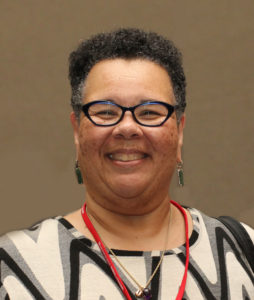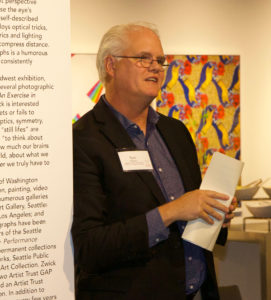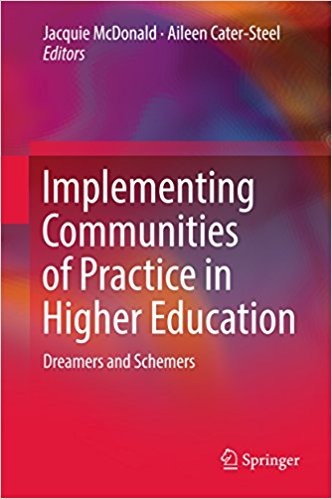learning
Select an item by clicking its checkbox
The Liberty Bell. The Franklin Institute. The Betsy Ross House. The Philadelphia Zoo and Botanical Gardens. The Art Museum (infamous for the Rocky run up the stairs). Boat House Row. The Library. My brother and I attended public schools in Philadelphia, and these were some of the places we visited ...
With the possible exception of Drew University Theological School where I was on faculty for twenty years, the Wabash Center has been the most influential institution to my vocational formation. I participated in my first Wabash workshop in 2000 and received my first grant in 2001. Since then, I have worked as ...
You may have heard the announcements that the Wabash Center has launched a new open-access, online journal, The Wabash Center Journal on Teaching. The entire contents of the inaugural issue of the journal is now available for free download online. For twenty-two years the Wabash Center has been publishing Teaching ...
Date Reviewed: December 10, 2019
This edited volume profiles higher education communities of practice, with contributing authors reflecting on their experiences of dreaming, scheming, and implementing communities of practice (CoP) within a variety of higher education contexts. As an elementary teacher turned practical theologian, I am encouraged to see this attentiveness to social learning within higher education. The CoP concept has significant potential for critiquing, enhancing, and transforming teaching and learning practices within religious and theological educational contexts.
It is noteworthy that, despite the current climate in higher education being identified as chilly and non-supportive of collaborative activities (xii), the enthusiastic response to Jacquie McDonald’s call for papers exploring the use of CoP for learning and teaching in higher education resulted in two volumes. A more practical focus is evident within this second volume.
The Foreword, written by Etienne and Beverley Wenger-Trayner, provides a helpful overview of the history of the CoP concept. CoP theory is identified as having moved through three phases, from the community defining learning, to learning defining the community, to the consideration of a broader landscape of practice, acknowledging learning taking place at the boundaries between communities of practice as well as within them (viii). Theological educators will benefit from considering the relevance of each of these phases.
The volume is divided into four parts. Part I consists of case studies. Amongst these first seven chapters, the more generalizable are certainly relevant to teachers of religion and theology. These include the first chapter, with its focus on the use of CoP to support the capacity development of supervisors of HDR students, and the fourth chapter, with its focus on the practice of generous scholarship and collegiality through academic writing retreats. Here Sally Stewart Knowles advocates for attentiveness to the actual practices and processes that lead to publication. Noting the proven value of writing retreats, Knowles implies that the communities fostered by such retreats must move from fringe status to becoming an integral part of a research environment (78). The sixth chapter, with its focus on collaborative autoethnography and decoloniality, may also prove invaluable in terms of researcher preparation in various contexts.
Part II focuses on curriculum development. Here theological educators may particularly resonate with an emphasis on “transformational approaches to professional learning” (161) within chapter eight and the interdisciplinary focus on transformative education and sustainability within chapter thirteen.
Theological educators and students will benefit from considering the various student-focused CoP within Part III. Doctoral students may particularly engage with the development of informal organic networks outlined in chapter fourteen. Variations on the Equity Buddies concept outlined in chapter seventeen may be valuable for supporting first-year students within theological colleges.
Finally, the focus within Part IV on virtual CoP will be of relevance to those engaging students in quality learning experiences through online teaching, learning, and research. Themes that emerge through these chapters include the organic nature of communities and the fostering of a culture of collaboration.
Given that some contributors make extensive use of acronyms, readers unfamiliar with these acronyms may need to engage in the discipline of slow reading. While a final summary chapter reviewing and discussing key themes and findings that emerged throughout these papers would enrich this work, educators will nevertheless benefit from focusing on those chapters most relevant to their contexts. Overall, religious and theological education readers are likely to glean inspiration, ideas, and implementation strategies that contribute to learning with and from one another in today’s isolating yet interconnected world.
When it comes to effective teaching, “less is more.” While the brain is an amazing information and multi-sensory processor, research suggests it can only effectively learn one new thing (concept) at a time. The maximum number of “bits of information” the brain can process at any given time is eight (...



